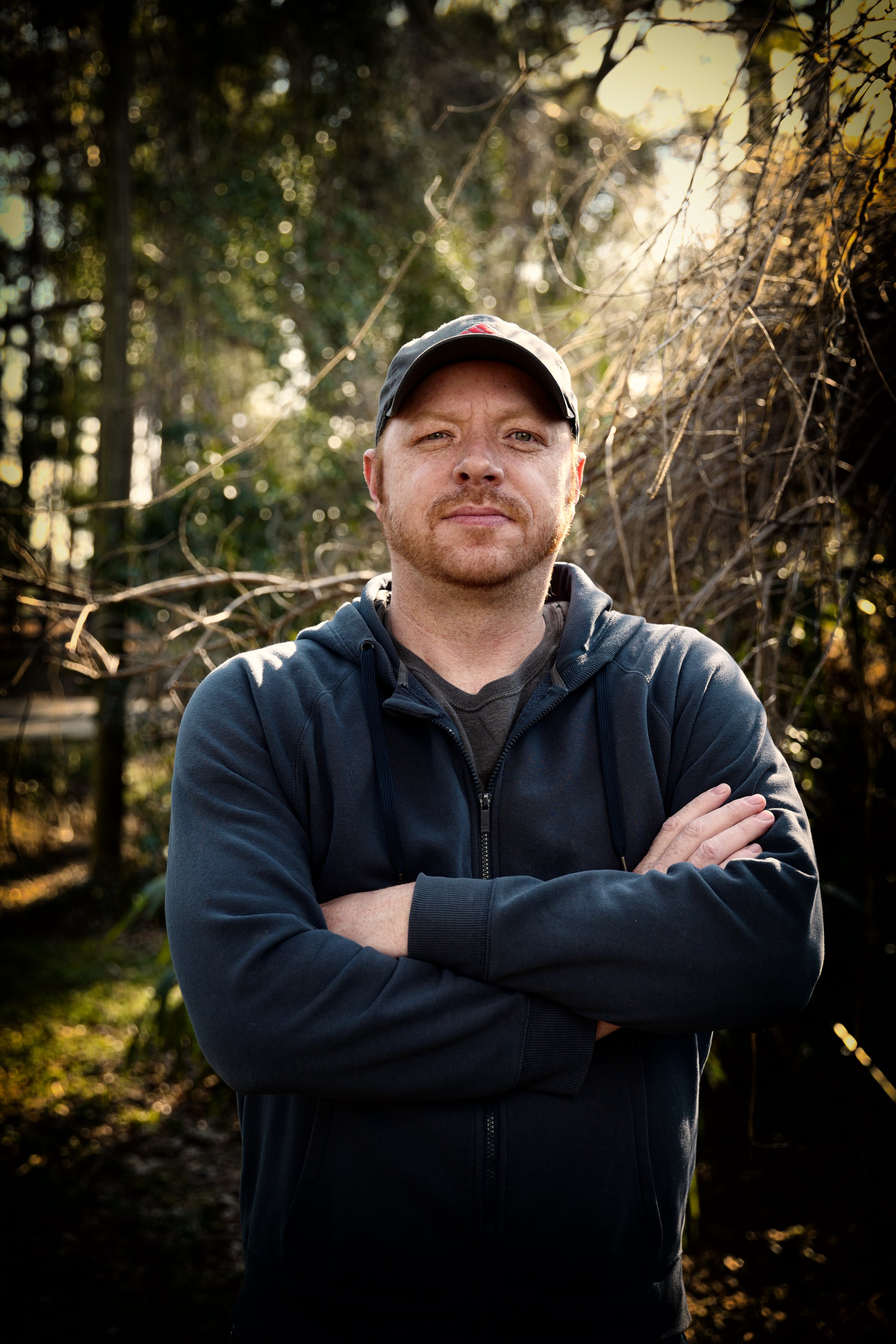How Circularly Polarized Luminescence can Save You Time, Stress, and Money.
How Circularly Polarized Luminescence can Save You Time, Stress, and Money.
Blog Article
Everything about Uv/vis/nir
Table of ContentsUv/vis Can Be Fun For EveryoneNot known Facts About Circularly Polarized LuminescenceThe Ultimate Guide To Uv/visSome Known Facts About Uv/vis/nir.The Definitive Guide for Circularly Polarized Luminescence

Although spectrophotometry is most commonly used to ultraviolet, noticeable, and infrared radiation, modern spectrophotometers can question broad swaths of the electromagnetic spectrum, consisting of x-ray, ultraviolet, visible, infrared, and/or microwave wavelengths. Spectrophotometry is a tool that hinges on the quantitative analysis of molecules depending on just how much light is taken in by colored substances.
Getting The Spectrophotometers To Work
A spectrophotometer is commonly utilized for the measurement of transmittance or reflectance of solutions, transparent or opaque solids, such as sleek glass, or gases. Although numerous biochemicals are colored, as in, they take in noticeable light and for that reason can be determined by colorimetric treatments, even colorless biochemicals can often be converted to colored substances appropriate for chromogenic color-forming responses to yield substances ideal for colorimetric analysis.: 65 Nevertheless, they can likewise be created to measure the diffusivity on any of the listed light varieties that normally cover around 2002500 nm utilizing different controls and calibrations.
An example of an experiment in which spectrophotometry is used is the determination of the stability constant of an option. A certain chain reaction within a service might occur in a forward and reverse direction, where reactants form products and items break down into reactants. Eventually, this chemical response will reach a point of balance called a stability point.
6 Easy Facts About Circularly Polarized Luminescence Shown
The amount of light that travels through the service is a sign of the concentration of particular chemicals that do not allow light to go through. The absorption of light is because of the interaction of light with the electronic and vibrational modes of particles. Each kind of particle has a specific set of energy levels associated with the makeup of its chemical bonds and nuclei and hence will absorb light of specific wavelengths, or energies, resulting in special spectral homes.
They are commonly utilized in many markets consisting of semiconductors, laser and optical manufacturing, printing and forensic examination, as well as in laboratories for the research study of chemical compounds. Spectrophotometry is frequently utilized in measurements of enzyme activities, decisions of protein concentrations, determinations of enzymatic kinetic constants, and measurements of ligand binding reactions.: 65 Ultimately, a spectrophotometer is able to figure out, depending on the control or calibration, what compounds are present in a target and precisely how much through calculations of observed wavelengths.
Invented by Arnold O. Beckman in 1940 [], the spectrophotometer was produced with the aid of his coworkers at his company National Technical Laboratories founded in 1935 which would become Beckman Instrument Business and ultimately Beckman Coulter. This would come as a solution to the previously developed spectrophotometers which were not able to take in the ultraviolet correctly.
The Buzz on Uv/vis/nir
It would be discovered that this did not give acceptable results, therefore in Model B, there was a shift from a glass to a quartz prism which enabled for better absorbance outcomes - circular dichroism (https://soundcloud.com/julieanndesalorenz30606). From there, Model C was born with an adjustment to the wavelength resolution which ended up having three systems of it produced
It was produced from 1941 to 1976 where the rate for it in 1941 was US$723 (far-UV devices were a choice at extra expense). In the words of Nobel chemistry laureate Bruce Merrifield, it was "most likely the most important instrument ever developed towards the advancement of bioscience." Once it ended up being stopped in 1976, Hewlett-Packard developed the very first commercially readily available diode-array spectrophotometer in 1979 referred to as the HP 8450A. It irradiates the sample with polychromatic light which the sample takes in depending on its homes. Then it is transferred back by grating the photodiode variety which finds the wavelength area of the spectrum. Ever since, the production and execution of spectrophotometry devices has actually increased immensely and has actually turned into one of the most innovative instruments of our time.

Our Uv/vis/nir PDFs
The grating can either be movable or repaired.
In such systems, the grating is repaired and the strength of each wavelength of light is determined by a different detector in the variety. Furthermore, most contemporary mid-infrared spectrophotometers use a Fourier change method to acquire the spectral info - https://www.figma.com/file/eT4jdyebIeUQ23ozOL89IX/Untitled?type=design&node-id=0%3A1&mode=design&t=vN0gsYYCmHohU5HF-1. This method is called Fourier change infrared spectroscopy. When making transmission measurements, the spectrophotometer quantitatively compares the fraction of light that goes through a recommendation option and a test option, then digitally compares the strengths of the two signals and computes the percentage of transmission of the sample compared to the recommendation requirement.

Report this page